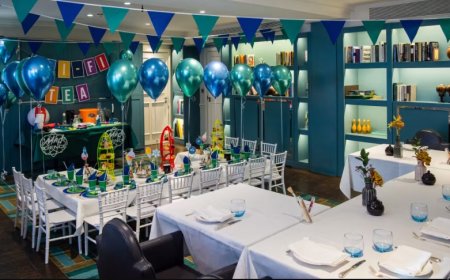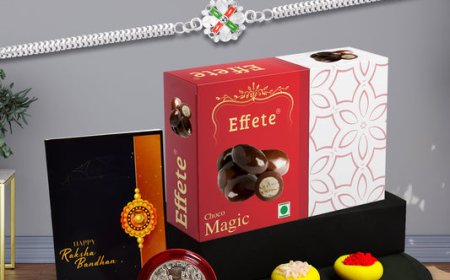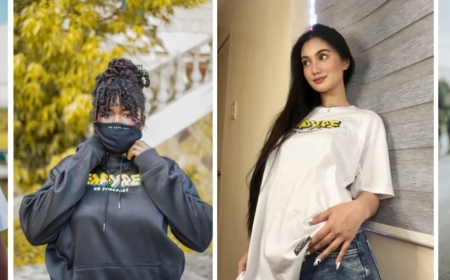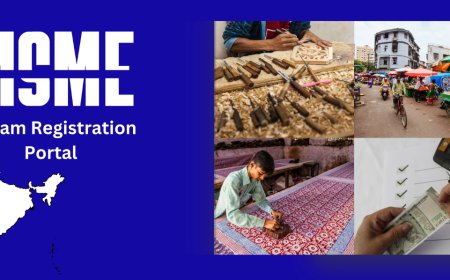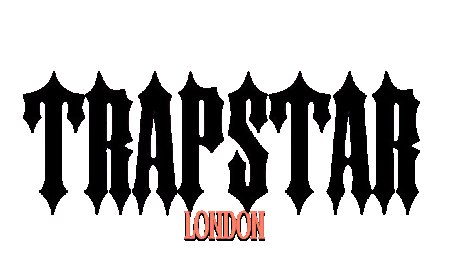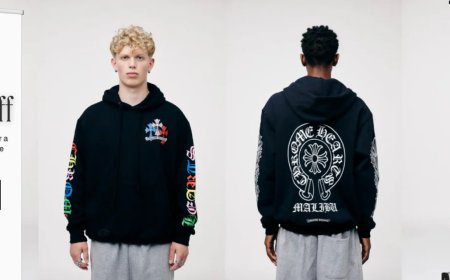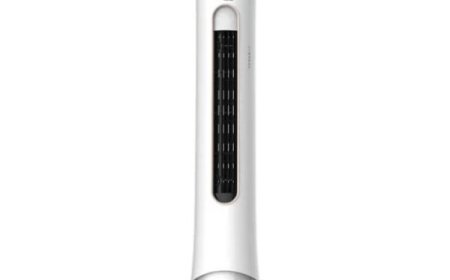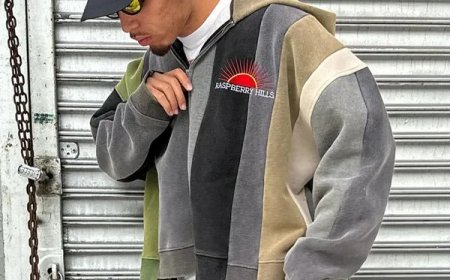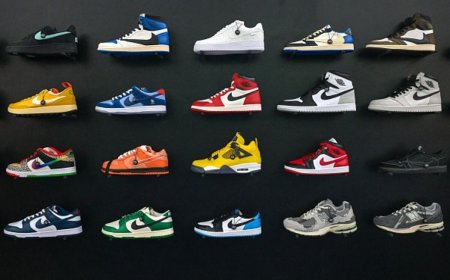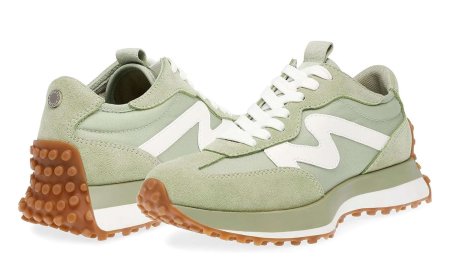How to Choose Formal Office Wear for Women

Choosing the right formal office wear for women can significantly impact professional presence, confidence, and comfort in the workplace. Dressing appropriately for a corporate environment involves balancing style, professionalism, and personal comfort while adhering to workplace dress codes. Whether you're starting a new job, transitioning to a more formal office setting, or simply updating your wardrobe, this guide will help you navigate the essentials of selecting formal office attire that aligns with modern workplace expectations.
Understanding Workplace Dress Codes
Before diving into specific clothing choices, its crucial to understand your workplaces dress code. Formal office environments typically fall under categories like business professional or business formal, though some may lean toward business casual with occasional formal requirements. Business professional attire is polished, structured, and conservative, often including suits, dresses, and tailored separates. To ensure compliance, review your companys employee handbook or consult with HR. If the dress code is unclear, observe senior colleagues or ask your supervisor for guidance. Understanding these expectations sets the foundation for building a versatile and appropriate wardrobe.
Key Elements of Formal Office Wear
1. Suits and Blazers
A well-fitted suit is a cornerstone of formal office wear for women. Opt for tailored blazers paired with matching trousers or skirts in neutral colors like black, navy, gray, or charcoal. These shades are versatile and exude professionalism. Look for high-quality fabrics like wool, wool blends, or cotton with a touch of stretch for comfort. Ensure the blazer fits well at the shoulders and doesnt pull across the chest. Trousers should be tailored to avoid excessive bagginess, while skirts should typically fall at or just above the knee for a polished look.
When selecting a suit, consider single-breasted designs for a classic appearance or double-breasted options for a bolder statement. Avoid overly trendy cuts or embellishments, as they may detract from the professional aesthetic. A good suit can be mixed and matched with other wardrobe staples, making it a worthwhile investment.
2. Dresses and Skirts
Dresses are another excellent option for formal office wear. Sheath dresses, which are fitted and typically knee-length, are a popular choice due to their sleek silhouette and versatility. A-line dresses with subtle patterns or solid colors can also work, provided they maintain a professional appearance. Avoid dresses with low necklines, high slits, or overly tight fits, as these may appear inappropriate in a formal setting.
Skirts, when paired with blouses or sweaters, offer flexibility. Pencil skirts are a classic choice, offering a tailored look that pairs well with tucked-in blouses. Midi skirts can also be appropriate if theyre not too voluminous or casual. Stick to fabrics like wool, crepe, or polyester blends that maintain structure throughout the day.
3. Blouses and Tops
Blouses are essential for creating varied outfits within a formal wardrobe. Opt for button-down shirts, silk blouses, or tops with subtle details like bow ties or ruffles for a feminine touch. Neutral colors like white, ivory, and light blue are safe choices, but soft pastels or jewel tones can add personality without compromising professionalism. Ensure tops are not sheer or overly tight, as transparency or clinginess can undermine a polished look. Tucking in blouses creates a clean silhouette, especially when paired with high-waisted trousers or skirts.
4. Outerwear and Layers
In colder climates or air-conditioned offices, outerwear and layers are both practical and stylish. A tailored coat in a neutral color, such as a trench or wool overcoat, complements formal attire and keeps you warm during commutes. For layering, cardigans or lightweight sweaters in fine knits can add warmth without bulk. Avoid oversized or overly casual outerwear, like puffer jackets, in formal settings.
Choosing the Right Fabrics and Fit
The quality of fabric and fit can make or break your professional appearance. Fabrics like wool, cotton, and high-quality synthetics (e.g., polyester blends with stretch) are durable and maintain a polished look. Avoid materials like denim, linen (which wrinkles easily), or anything too shiny or stretchy, as they may appear too casual or unprofessional.
Fit is equally important. Ill-fitting clothing, whether too tight or too loose, can distract from your professional demeanor. Invest in tailoring to ensure your clothes fit your body shape perfectly. For example, trousers should skim the body without clinging, and blazers should allow comfortable movement without gaping. If budget is a concern, prioritize versatile pieces that can be tailored over time to maintain a sharp appearance.
Color and Pattern Choices
Neutral colors dominate formal office wear for women because theyre timeless and versatile. Black, navy, gray, and white are safe bets, but incorporating subtle patterns like pinstripes, houndstooth, or small checks can add interest without being overpowering. If you choose to wear bolder colors, such as burgundy or emerald, ensure theyre muted and paired with neutral accessories to maintain professionalism.
Avoid loud patterns, bright neons, or overly trendy designs that may date quickly. The goal is to create a wardrobe that feels cohesive and adaptable across seasons and occasions.
Accessories: Striking the Right Balance
Accessories can elevate formal office wear, but they should remain understated. Simple jewelry, such as stud earrings, delicate necklaces, or a classic watch, adds polish without drawing attention. Avoid oversized or noisy jewelry that could be distracting in meetings. Scarves in silk or lightweight fabrics can add a touch of elegance, especially when draped over a blazer or dress.
Handbags should be structured and professional, such as a leather tote or satchel. Avoid overly casual bags like backpacks or those with excessive logos. Belts, if worn, should be slim and match the outfits color scheme.
Footwear for Formal Settings
Footwear is a critical component of formal office wear for women. Closed-toe shoes, such as pumps, loafers, or low-heeled ankle boots, are ideal for a professional setting. Opt for heels no higher than 2-3 inches to ensure comfort during long workdays. Neutral colors like black, nude, or navy are versatile, though subtle metallics or deep jewel tones can work for added flair.
Ensure shoes are clean and polished, as scuffed or worn footwear can undermine an otherwise impeccable outfit. If you prefer flats, choose structured designs over casual ballet flats to maintain a formal appearance.
Building a Capsule Wardrobe
To maximize versatility, consider building a capsule wardrobe of formal office wear. A capsule wardrobe consists of a small number of high-quality, interchangeable pieces that can be styled in multiple ways. For example:
-
2-3 suits (one black, one navy, one gray)
-
2-3 dresses (sheath or A-line in neutral tones)
-
4-5 blouses (mix of white, pastel, and patterned)
-
2 skirts (pencil and midi)
-
1-2 pairs of trousers (tailored, neutral colors)
-
1 coat (trench or wool)
-
2-3 pairs of shoes (pumps, loafers, or boots)
-
Accessories (scarves, belts, simple jewelry)
This approach minimizes decision fatigue and ensures you always have an appropriate outfit ready. Rotate pieces seasonally and invest in timeless designs to extend the wardrobes longevity.
Dressing for Different Seasons
Adapting formal office wear to seasonal changes is key to staying comfortable and stylish. In winter, opt for wool suits, heavier blouses, and layered cardigans. Tights in neutral colors can pair with skirts or dresses for added warmth. In summer, lightweight fabrics like cotton blends or breathable polyester are ideal, but avoid sleeveless tops unless paired with a blazer.
Transitional seasons like spring and fall call for versatile layers, such as lightweight trench coats or blazers, that can be removed as needed. Always prioritize breathable fabrics to stay comfortable during long workdays.
Practical Tips for Maintaining Your Wardrobe
Maintaining your formal office wear ensures it lasts longer and looks polished. Dry clean suits and delicate fabrics as needed, but follow care labels to avoid damage. Store clothing properly to prevent wrinkles, using padded hangers for blazers and dresses. Rotate shoes to avoid excessive wear, and consider professional tailoring for items that no longer fit perfectly.
Confidence and Personal Style
While adhering to dress codes is essential, incorporating personal style can make formal office wear feel authentic. Experiment with subtle details, like a unique blouse pattern or a statement watch, to express individuality. Confidence is the ultimate accessorywhen you feel good in your outfit, it shows in your professional demeanor.
Conclusion
Selecting formal office wear for women requires a thoughtful approach to fit, fabric, color, and workplace expectations. By investing in versatile, high-quality pieces and paying attention to details like tailoring and accessories, you can build a wardrobe thats both professional and expressive. With the right choices, youll not only meet your offices dress code but also feel confident and empowered in your professional role. Start with a few key pieces, adapt them to your personal style, and maintain them well to create a lasting, impactful wardrobe.

